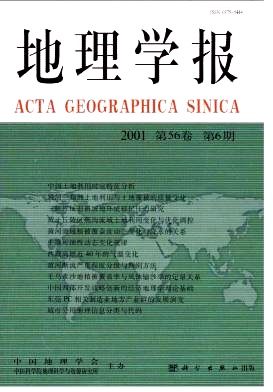ZHOU Hong mei, ZHOU Cheng hu, GE Wei qiang, DING Jing cai
This research utilizes meteorological and resources satellite remote sensing as the main monitoring means. And by using the GIS logicial algorithm and synthetical analysis technology, dynamical monitoring and spatial analysis models are studied and established, which help us to synthetically analye the thermal space distribution character, forming mechanism and the relations of zone configuration, synchronously set up the correlative model of the ground luminance temperature and air temperature. The steps of realization is as follows: (1) Pretreatment The pretreatments include concluding calibration, location of data, correction of sun angle, side darkening and pickup of thermal dynamic character with NOAA AVHRR. Pretreatments also include classifying of TM remotesensing image, format conversion and register of remotesensing images of different platforms and special map. (2) Studies and establishment of dynamic analysis models Spatial analysis model is set up based on GIS logicial judgement and levels analysis. With the data of NOAA luminance temperature factor as main factor, classification image of TM, meteorological data and landuse as auxiliary factor, we have built a dynamic monitoring and spatial analysis model to synthetically anylyze the thermal dynamic distribution character and forming mechanism of city heat island. (3) The analysis of spatiotemporal change rule of thermal dynamic character based on GIS The forming mechanism and distribution rule of heat island effect is related to the following factors according to the synthetic analysis of GIS mulitifactors. ① The thermal dynamic distribution is mainly related to the underground medium and the change of city distribusion. ② The heat resources of a city have some effect on the heat island. ③ Meteorological factors, such as weather, climate and so on, have some influence on thermal dynamic. (4) the enactment of the correlative model of luminance temperature and air temperature Based on the data of seventemporalphase of fourchannel (10 5~11 5 um) NOAA satellite at 14:00 in summer of 1998 and the observed air temperature of 30 points, we have built a correlative model between luminance temperature and air temperature by different methods of ground medium modelling and the satisfied results have been made.
